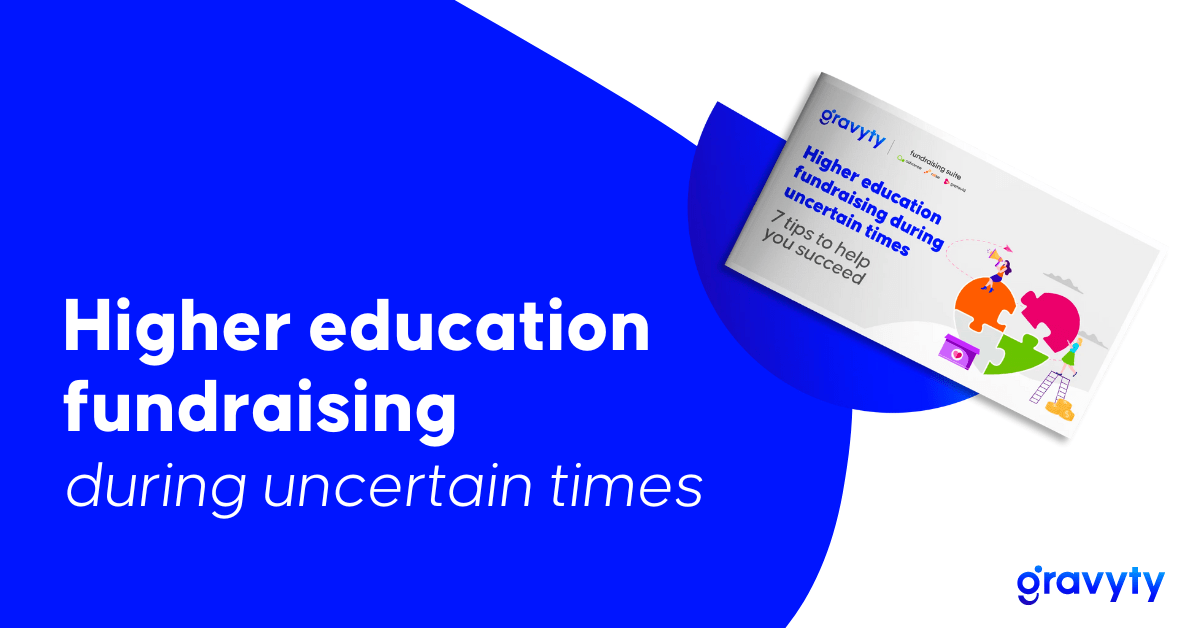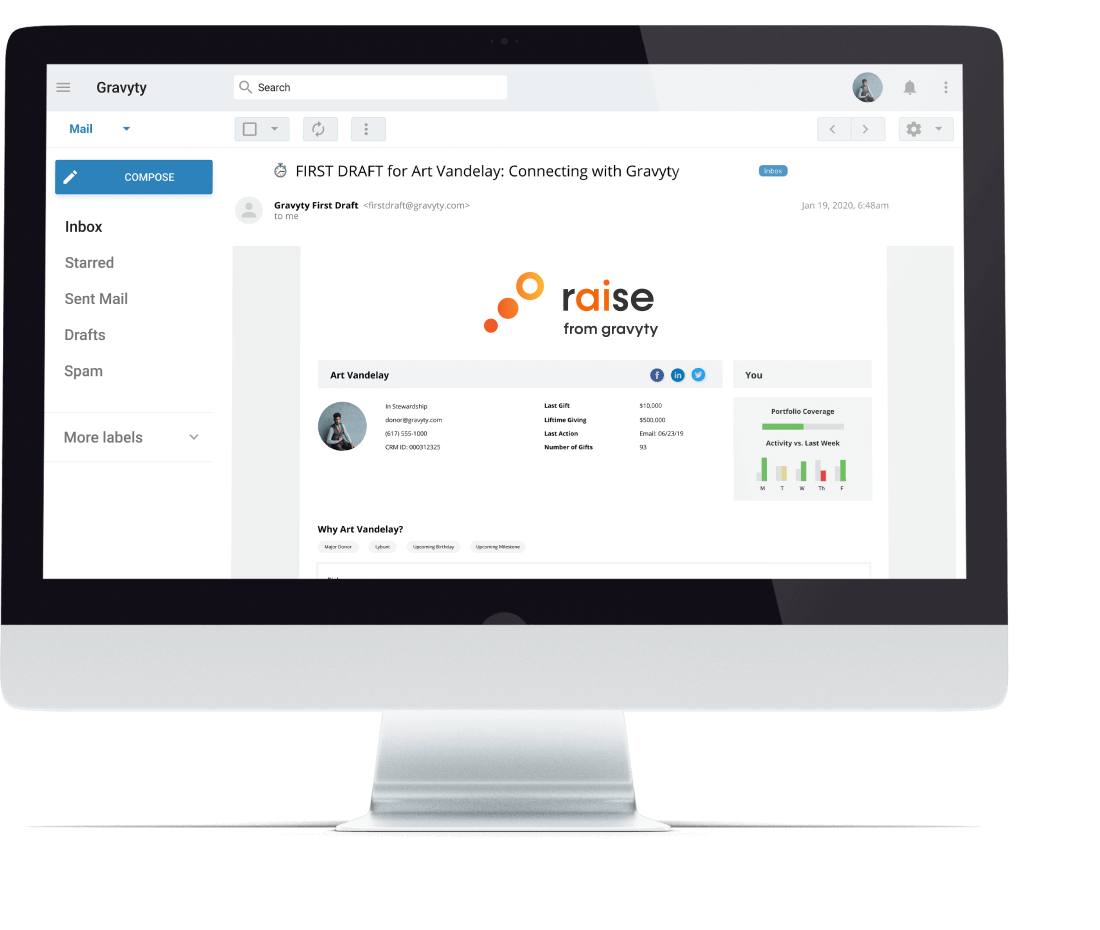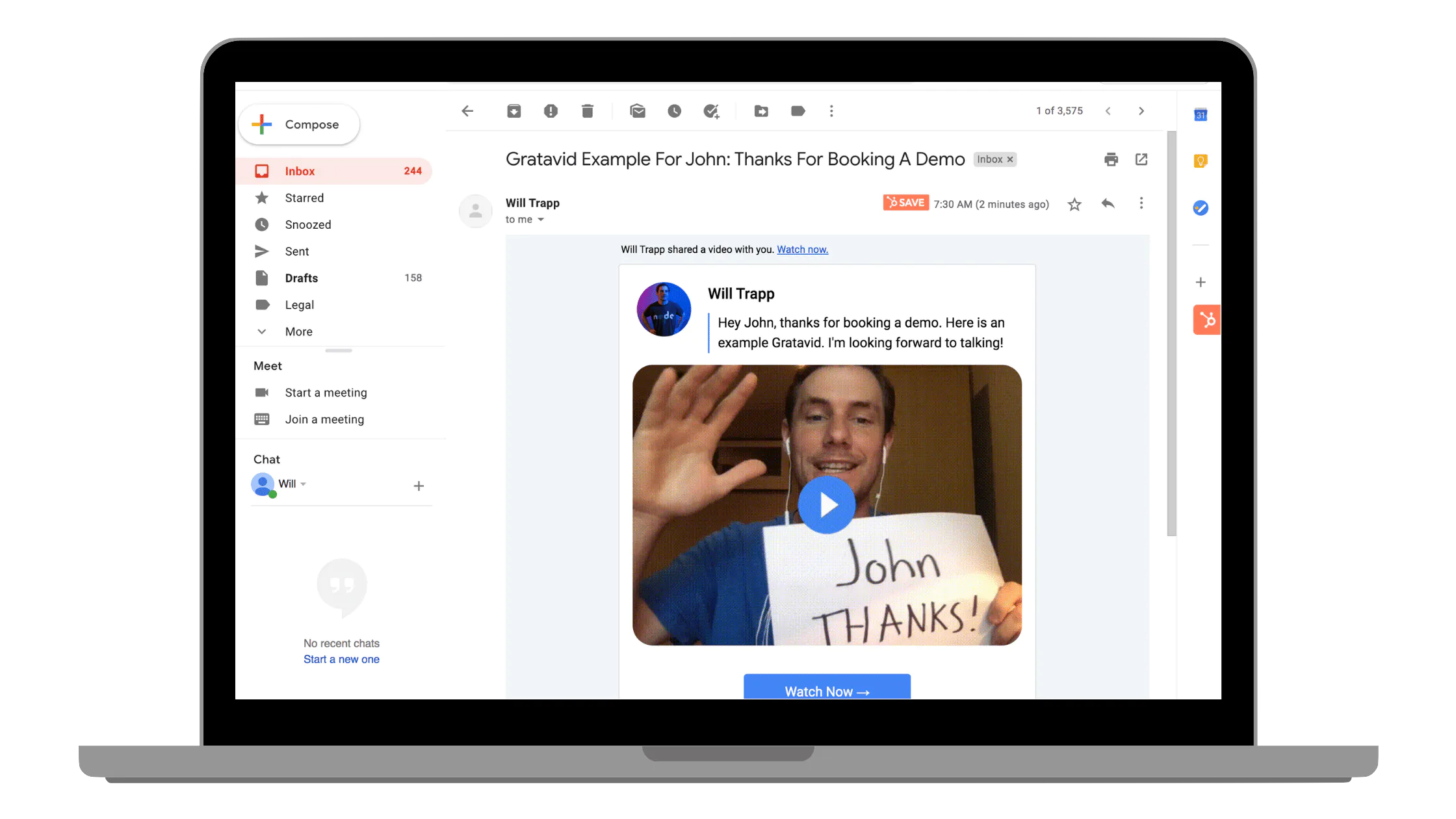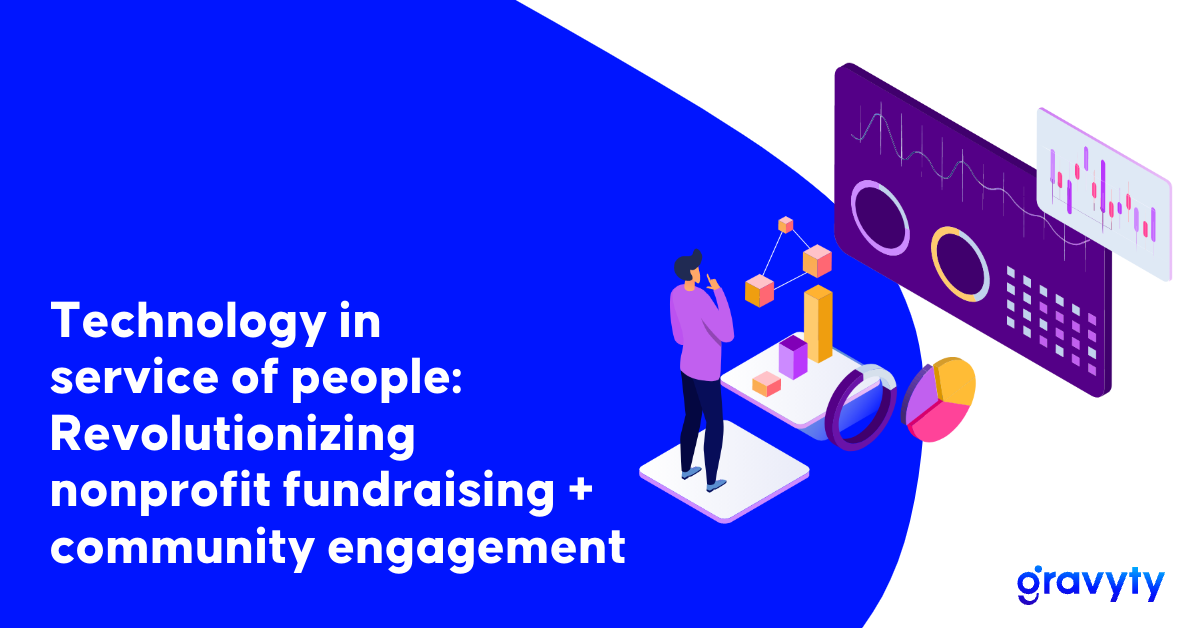Higher education fundraising during uncertain times

7 Tips to help you succeed
Uncertain times, new opportunities
To say that we’re living in challenging times is an understatement. As the world slowly swings back into action after a major pandemic, we are now facing increased unemployment, mass resignations and the threat of a global recession. In the current climate, fundraising offices in schools and colleges are dealing with staff shortages and tight budgetary constraints. Many feel that this isn’t the best time to be fundraising or expand their activities—luckily, they couldn’t be more wrong!
Get the full guide
Higher education fundraising during uncertain times
Giving USA found that donations to educational institutions actually increased by 13.2% between 2019 and 2021 and that 2021 was the strongest year yet of giving to education. While traditional forms of fundraising did indeed slow down during the pandemic, online giving to higher education institutions was up by more than 13%, according to Blackbaud Institute.
With online giving playing an increasingly important role in higher education fundraising, fundraising software is becoming more essential than ever. Not only does the right software enable donors to give quickly and securely online, but it also helps fundraisers maximize their time and achieve more in one day, even with limited staff. For example, AI-powered donor management software can create personalized outreach messages in a fraction of the time it would take a human, significantly boosting the number of donors each fundraiser can build relationships with.
While times are indeed uncertain, there is much room for optimism. Educational institutions looking to raise funds during this challenging period should focus on optimizing operations, growing online giving capabilities and building trust-based relationships with donors.
The right tools will certainly help you achieve this, as will the following helpful tips.
Fall giving video series
Check out more videos like this to learn best practices and tips for boosting your higher education giving success!
Establish long-term goals
Setting goals should be the first step of any strategic fundraising plan. It helps align everyone in your organization around a shared vision and gets the entire team working towards a desired outcome. When you have goals, you can also set key performance indicators (KPIs), track how well you are doing and tweak your efforts when you find you are falling short in a particular area. Just make sure you decide how you will measure success before you begin.
You can set goals around:
- How much money you want to raise
- How many new donors you want to attract
- How many fundraisers you intend to put on the job
You may also create more general goals such as:
- Raising brand awareness
- Acquiring more recurring donors
- Increasing average monthly gift size
- Increasing the channels through which you fundraise e.g., by establishing a new fundraising platform or creating an additional social media account
Build your five-year plan
If you’ve ever found yourself wondering mid-year where your next donation is going to come from, what appeal to run next, or why you are not attracting the right kind of donor, it is very likely that you are not planning enough. A university strategic plan defines the process you will follow to realize your vision. It’s your roadmap complete with action steps, milestones and KPIs.
With a clear strategic plan, you can shift from reacting to situations as they occur to proactively creating the future reality you desire. Your strategic plan can cover fundraising activities as well as overall plans for the school. While the five-year plan is often the sweet spot, aim to at least create a three-year plan if five seems too daunting.
Get the full guide
Higher education fundraising during uncertain times
Here are some guidelines:
- Understand your current situation—Consider things like your core competencies, recent drops in performance, what success looks like and available resources including staff and technology.
- Create a vision statement—Having a clear and unique vision statement will set you apart from other schools and colleges and make you more memorable to potential students and donors.
- Prioritize—As much as you’d like to, you can’t achieve everything you want to all at once. Especially as times are now challenging and resources tight, define your priorities and tackle things one at a time.
- Set milestones—Plot your journey with clearly defined milestones that will help you break your goal into manageable chunks and allow you to determine how far you have come and how much more you have to achieve as you proceed with your plan. You can use fundraising software to allocate tasks, communicate with your team, track milestones and check items off your list as you work.
Allocate resources
Once you have your strategic plan, priorities and milestones in place, it’s time to work out what resources you need in order to carry out your plan effectively and efficiently.
Considerations:
- Will you need more personnel?
- Will you need to raise extra funds and if so, how much? How will you do this?
- Will new technologies play a role in helping you achieve your missions? Many fundraising tools will cut your staff’s workload and enable them to perform their jobs faster and more easily.
Trying to find the resources for each new project as it comes is not an effective way to run a successful goal-centered organization. Especially as times are tough, it’s important to consider your five-year plan and secure the resources and funds you need as far in advance as possible so you can continue your vital work uninterrupted.
Build your higher education fundraising technology foundation
Few fundraising organizations can manage without the use of technology today. At the very least, most schools and higher education fundraising departments need a CRM like Salesforce in which to store their customer data, and a system of Excel spreadsheets to help them plan, allocate and track tasks. But there is a lot more that fundraising software can do —especially a designated fundraising solution.
If you fear that the headache of onboarding new technology (and its cost) will outweigh the benefits, remember that many of the fundraising solutions on the market today are tailored specifically to fundraisers’ needs and can significantly cut their workloads rather than adding to them. The right fundraising tool can even help an understaffed office perform the work of many people with just a skeleton staff.
For example, an AI-powered fundraising solution like Raise from Gravyty can identify which donors to approach, specify what to ask for and even draft emails for you. This means fundraisers don’t have to search the database for those all-important bits of personalized information that upgrade their requests from sounding like mass-produced communications to ones that feel warm, personal and most importantly, relevant.
Onboarding tech can also help with staff retention. Many people made changes in their jobs during COVID-19 due to new priorities around work-life balance. An overwhelmed (and underpaid) fundraiser who is considering a life in the slower lane might change their mind when they see how much of the daunting gruntwork can be taken over by a software solution that is tailored to their daily work needs.
If you think technology could help you achieve your long-term goals, start the due diligence process as soon as possible. It can take some time to work out your requirements and find the solution that suits your organization best.
Focus on recurring gifts
According to Network for Good, the average recurring donor will give 42% more in one year than those who give one-time gifts. Even though monthly donors give smaller amounts per gift, over the course of a year the aggregate amount almost always adds up to more than what they would have given in one single gift.
What better time than now to focus on developing your recurring gift program?
Donors who are struggling in the current economy will have the benefit of being able to spread their gift across the entire year, meaning they don’t need to find one big amount to gift at once. Asking for a small monthly recurring donation will appear less threatening to a potential donor in these challenging times than requesting a large sum.
Many organizations receive a huge influx of donations around holidays and special fundraising campaigns and may have a shortfall the rest of the year—especially if the amount raised at the peak time wasn’t sufficient or if they didn’t budget accurately. Focusing on a recurring donations scheme will allow your school or college to benefit from a steady flow of cash throughout the year which might be just what you need to fund a small mid-year project or get you over an unexpected funding slump.
While recurring gifts donors don’t generally need to be solicited again (as they usually leave the gift running long-term), failure to nurture them appropriately might cause them to cancel the gift. Personalized thank you emails, follow-up emails and impact reports should be sent on a regular basis to retain their support.
Fundraising software can help you perform these time-consuming activities as well as help you decide which donors to solicit for recurring donations. You can even use video software to automate the sending of personalized thank yous and campaign reports. A fundraising solution like Advance from Gravyty can help you manage your recurring giving campaign efficiently, communicate between team members and coordinate the efforts of many staff and volunteers.
Be authentic
Authenticity is the cornerstone of fundraising today. No one likes to receive a generic, bland fundraising request that shows no recognition of who the donor is or their existing relationship with your school.
To create authentic relationships with your community of donors and potential donors, you need to take the time to get to know them and to create messages that speak directly to them. At the same time, you also need to be authentic in your approach, sharing genuinely and honestly from personal experience as much as possible.
If you’re raising funds for a certain scholarship, for example, ask a former recipient to write a report or record a video message sharing the impact this scholarship had on their life. Alternatively, record a video message from the head of a department who benefitted from their gift where he or she thanks them personally and explains how the gift was used.
Authenticity builds trust. While everyone faces difficulties, you can be upfront about your challenges and share your greatest needs with your trusted donors. Those in a position to help will appreciate the honesty and the opportunity to step up and support a good cause during a difficult time. You can also acknowledge that times are hard and ask for a smaller donation or a small recurring monthly gift instead of one large one.
Reaching out authentically and personally to a large number of donors takes time and effort that you may not have right now. Fundraising software can ease the burden. A video platform like Gratavid from Gravyty, for example, will allow your team to record, store and distribute personalized video messages to be used in place of phone calls. Raise can learn each fundraiser’s writing style and create emails that not only sound authentic but also incorporate personal details from the CRM.
Remember that you’ve done this before
We get that things aren’t simple right now, but remember you’ve been through trying times before and you can do it again.
How many of us had to completely pivot our operations during the pandemic? Many of the changes the pandemic brought—such as a mass shift to the online space—have actually worked out to be of major benefit to many educational institutions, organizations and corporations.
So take heart, use all the tools and tricks at your disposal and keep pushing through.
Get the full guide
Higher education fundraising during uncertain times
Time to build your fundraising channels
Fundraising in uncertain times comes down to trust; if donors trust your institution and its vision, they’ll not only stay but give generously to meet the need. All good relationships are built on a foundation of trust and nothing builds trust like personalized outreach.
As mentioned throughout this guide, personalized outreach takes time and effort, but with the right tools, you can ace it—even during challenging times.

Personalized emails and stewardship
Never miss the chance to inform, thank and report back to your donors. Be sure to create emails that include all those personal details that make people feel special and understood. Acknowledge how much they gave in the last campaign and always let the same fundraiser contact his/her own donor list so real relationships can be built.
Use Raise from Gravyty to help you identify donors to solicit, specify donation amounts, manage all your stewardship activities and even draft personalized emails for you (that learn your own personal style over time).

Video outreach
While never as good as an in-person meeting or a phone call, a pre-recorded video created by a member of staff or a beneficiary of your fundraising efforts can go a long way toward helping you keep those great relationships alive.
Use Gratavid from Gravyty to help you manage your entire video library and schedule video messaging as needed.

Efficient fundraising all around
A great fundraising team uses great tools to make sure the entire fundraising process runs smoothly and efficiently from start to finish.
Use Advance from Gravyty to run lively and interactive fundraising campaigns, collect donations online, display fundraising tallies, allocate tasks, communicate with staff and volunteers, manage all your efforts from one place—and so much more.
Learn how Gravyty’s suite of fundraising solutions can help you thrive in uncertain times and exceed your institution’s goals. Schedule your consultation.



